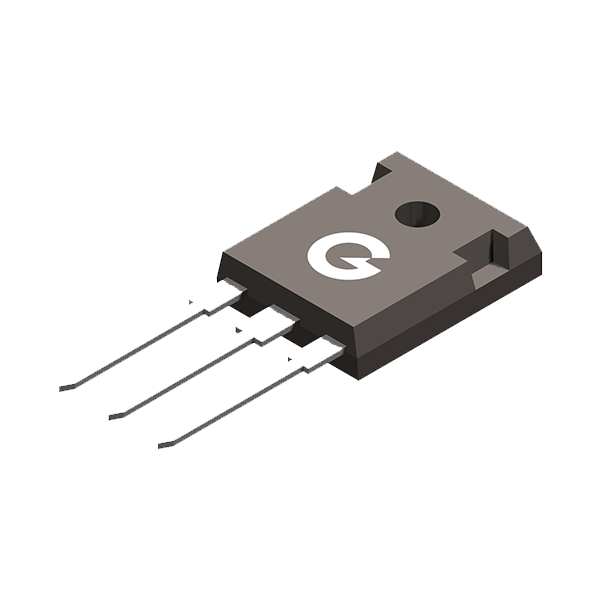
IGBTs
An IGBT (Insulated Gate Bipolar Transistor) is an electronic component that combines the characteristics of two other transistor types: a MOSFET (metal-oxide-semiconductor field-effect transistor), which offers simple control with low power consumption and fast switching behavior, and a bipolar junction transistor (BJT), which has a high current-carrying capacity and low conduction losses.
An IGBT usually consists of a MOSFET input section (for control via an insulated gate electrode) and a bipolar transistor output section (for high-power current transport).
It thus combines the advantages of both transistor types: the simple gate control of a MOSFET and the low on-state resistance at high currents of a BJT.
The advantages are their high switching capacity (handling of high voltages and currents), their efficiency at medium to low switching frequencies and their low drive power.
IGBTs are therefore mainly used in power electronics, e.g. in frequency converters for electric motors, inverters in photovoltaic systems, electric trains, electric cars and charging stations, welding equipment and UPS systems.